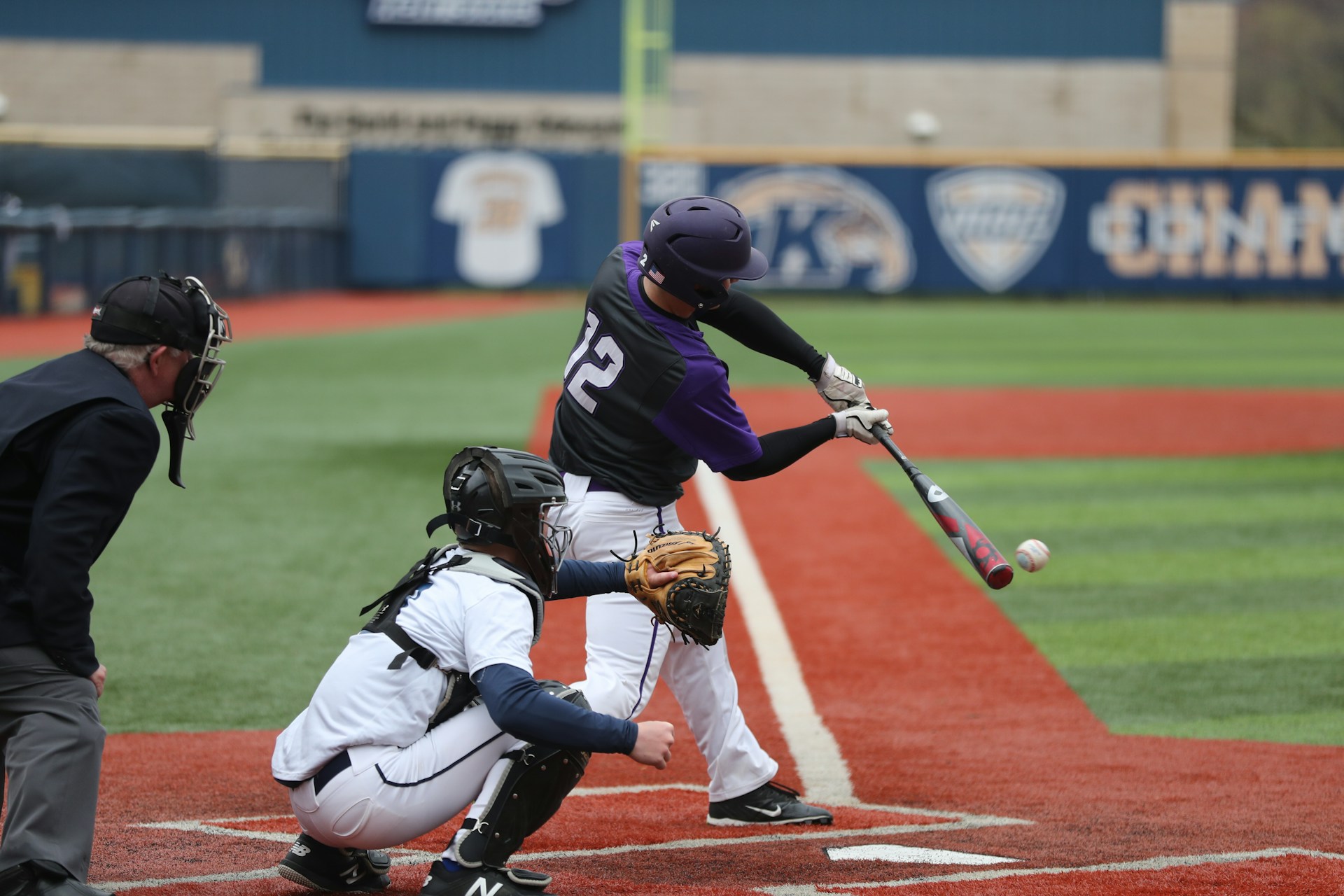What’s the Role of Functional Stability Training in Preventing Shoulder Injuries in Baseball Pitchers?

In the diverse realm of sports, baseball holds a distinguished place. The sport, adored by millions, demands a blend of tactical acumen, physical strength, and technical finesse. But the combination of these attributes puts a significant amount of stress on the bodies of athletes, especially baseball pitchers. They repetitively engage in high-intensity throwing motions, which puts their upper limbs, particularly the shoulder, at risk of severe injuries. This article dives into the role of functional stability training in mitigating the risk of shoulder injuries in baseball pitchers.
The Anatomy of a Baseball Pitch and Its Impact on the Shoulder
Imagine a baseball pitcher stepping onto the mound. The stadium is buzzing with anticipation. The pitcher winds up, rotates the arm back, and with a swift thrust, sends the ball hurtling towards the batsman. This complex throwing motion, while visually impressive, brings into play a multitude of muscles and joints in the upper body, particularly the muscles surrounding the shoulder.
Sujet a lire : How to Optimize the Fueling Strategy for Ironman Triathletes During Race Day?
The shoulder, known among the scholarly med community for its mobility and versatility, is inherently susceptible to injury due to its anatomy. It relies largely on muscular strength and coordination for stability, rather than solid bony structures. Therefore, the excessive strain of repetitive throwing motions can lead to a variety of injuries, from mild muscle strains to severe rotator cuff tears.
The DOI or the "degree of injury" can vary among players. Some may experience acute injuries – sudden incidents caused by an abnormal or awkward movement. Others may suffer from chronic injuries that stem from overusing the throwing arm, leading to gradual wear and tear of the shoulder muscles and tissues over time.
Dans le meme genre : How Can Custom 3D Printed Footwear Improve Athletic Performance in Sprinting?
The Risk of Shoulder Injuries in Baseball Pitchers
A baseball pitcher, due to the nature of the sport, faces a significant risk of shoulder injuries. The repetitive, high-intensity throwing motion, coupled with the insufficient rest time between games, puts immense stress on the arm, particularly the shoulder joint.
The most common shoulder injuries seen in baseball players involve the ‘rotator cuff’, a group of muscles and tendons providing stability and mobility to the shoulder. These muscles can undergo ‘internal rotation deficit’ (or IRD), where the muscle becomes tight and loses its range of motion (ROM). The scapular muscles, responsible for the movement of the shoulder blade, can also be overstretched or weakened, leading to ‘scapular dyskinesis’.
Statistics suggest that a significant percentage of baseball pitchers experience shoulder pain annually. The risk multiplies with age, with older athletes having a greater tendency to develop chronic shoulder problems.
Functional Stability Training for Shoulder Strength
In the pursuit of reducing injury risk and enhancing performance, functional stability training gains prominence. It refers to a set of specific exercises aimed at improving the strength, flexibility, and stability of muscles, particularly those associated with the shoulder joint in baseball pitchers.
Functional stability training incorporates a variety of exercises designed to target different muscle groups. Some exercises focus on strengthening the rotator cuff muscles, while others aim at enhancing scapular stability. The ultimate goal is to improve the ROM, or range of motion, and the overall strength and resilience of the shoulder joint.
This form of training also emphasizes proprioception, the body’s ability to sense its position and movement in space. This awareness helps athletes to maintain balance and execute complex movements with precision, thereby reducing the risk of awkward movements that may lead to injuries.
Implementing Functional Stability Training into a Baseball Pitcher’s Routine
To reap the benefits of functional stability training, it must be strategically incorporated into an athlete’s regular training routine. A typical functional stability training session for a baseball pitcher could include exercises such as dynamic stretches, resistance-band exercises for the rotator cuff, and scapular stability exercises like push-ups and rows.
However, it’s crucial that these exercises are performed correctly and consistently to gain maximum benefit. Incorrect form or inconsistent training could potentially increase the risk of injury, rather than decrease it. Therefore, having a knowledgeable coach or trainer guided training is vital for ensuring the effectiveness of functional stability training.
But remember, while functional stability training can significantly reduce the risk of shoulder injuries in baseball pitchers, it’s not a foolproof solution. Factors like adequate rest, proper throwing mechanics, and a well-rounded conditioning program are also crucial in maintaining shoulder health and overall athletic performance.
The Potential of Functional Stability Training in Baseball
Despite the inherent challenges, functional stability training holds promising potential in baseball, particularly in pain prevention and performance enhancement. By prioritizing shoulder health and taking proactive measures, baseball pitchers can maintain their arm strength, improve their throwing mechanics, and potentially extend their careers.
In the end, it’s imperative that athletes, coaches, and medical professionals continue to educate themselves about the benefits of functional stability training. By doing so, they can contribute to a healthier, more sustainable future for the sport of baseball at all levels – from budding little league players to seasoned major league veterans.
The Science Behind Functional Stability Training
Functional Stability Training (FST) is based on the understanding of the body’s biomechanics and the specific demands of baseball pitching. It is crucial to note that functional stability is not simply about strength. Instead, it’s about the coordination and balance of strength across different muscle groups, flexibility, and the body’s awareness of its spatial orientation, known as proprioception.
One of the key components in FST for baseball pitchers is targeting the rotator cuff muscles and the scapular stabilizers. These muscles play a pivotal role in the act of pitching by providing stability and power to the shoulder during the throwing motion. Strengthening these muscles can help prevent injuries such as rotator cuff tears and scapular dyskinesis, which are common among baseball pitchers.
Another important factor is improving the range of motion, particularly the internal rotation of the shoulder. A deficit in internal rotation, often seen in overhead athletes, is linked with increased risk of shoulder injuries. Various exercises in FST, such as resistance band exercises and dynamic stretches, have been shown to effectively improve the range of motion in baseball pitchers.
Proprioceptive training, often overlooked, is a crucial element of FST. It enhances an athlete’s ability to sense and control their body’s position and movement in space, thereby improving their balance, coordination, and precision during complex movements like pitching.
Conclusion: The Future of Functional Stability Training in Baseball
The importance of functional stability training in preventing shoulder injuries among baseball pitchers is increasingly being recognized. Studies on sports med and phys ther have shown promising results, indicating a significant reduction in injury risk with consistent FST.
However, the potential of FST is not limited to injury prevention. By enhancing shoulder strength, flexibility, and proprioception, FST can also contribute to improved performance. Pitchers with better functional stability are likely to have more control over their throws, leading to better accuracy and possibly even increased throwing velocity.
The success of FST, however, depends on its correct and consistent implementation. Athletes must ensure they use the right techniques under the guidance of a knowledgeable trainer. Moreover, functional stability training should be complemented by other best practices such as adequate rest, good throwing mechanics, and a balanced conditioning program.
As we continue to delve deeper into the intricate relationship between biomechanics and baseball, the role of functional stability training will undoubtedly become even more essential. By prioritizing preventative measures, we can help ensure a healthier, more sustainable future for baseball pitchers – from budding high school talents to seasoned major league veterans. So, let’s step up to the plate and take a swing at injury prevention with functional stability training.
